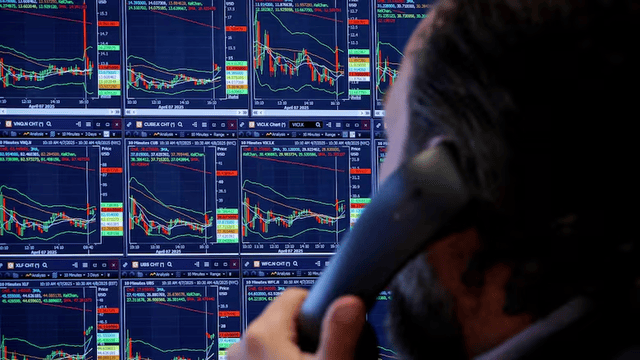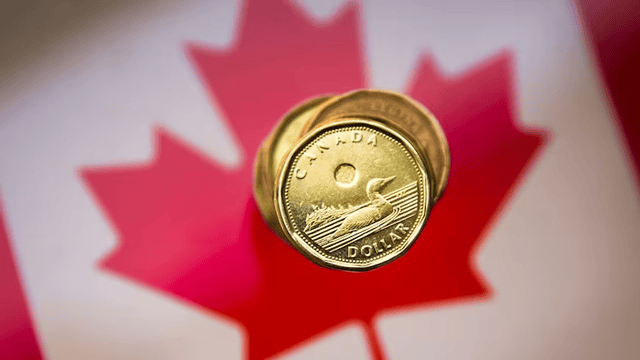
A signboard is seen at the TMX in Toronto on Wednesday, November 1, 2023. The photo was taken by Chris Young for The Canadian Press.
TORONTO - Canada’s main stock index experienced a sharp decline on Thursday, with sectors such as industrials and real estate bearing the brunt. Meanwhile, U.S. markets saw a modest recovery following Wednesday’s steep losses triggered by the Federal Reserve's updated interest rate outlook.
The S&P/TSX composite index dropped 143.06 points, settling at 24,413.94. In contrast, U.S. indices saw mixed results: the Dow Jones Industrial Average edged up 15.37 points to 42,342.24, while the S&P 500 and Nasdaq composite dipped slightly, shedding 5.08 points and 19.93 points, respectively.
Senior investment strategist Angelo Kourkafas of Edward Jones attributed the subdued market activity to lingering caution after Wednesday’s market shock, spurred by the Fed’s decision to cut its key interest rate by a quarter percentage point. Although the rate cut was expected, the Fed’s updated projections surprised investors, signalling only two rate cuts in 2025 instead of the previously anticipated four.
Kourkafas noted that the Federal Reserve’s shift indicates a prolonged period of high interest rates, which may weigh on investor sentiment. The Fed also acknowledged that inflation might not return to its target level until after 2025, adding to the cautious market mood.
This divergence in economic outlooks between Canada and the U.S. became evident as the Canadian dollar slipped to a near five-year low, trading at 69.59 cents US, down from 69.72 cents US on Wednesday. The U.S. economy continues to outpace Canada’s, raising concerns about diverging interest rate policies between the two nations.
Despite these challenges, Kourkafas pointed to some potential economic benefits from the Bank of Canada’s more aggressive rate-cutting strategy, which could provide a boost to the Canadian economy in the months ahead.
With the Fed decision now in the rearview mirror, markets may stabilize as the year concludes. However, investors are adopting a defensive approach, particularly after a year of robust market performance and optimistic sentiment.
Commodities also felt the ripple effects of market uncertainty. February crude oil prices fell by 64 cents to US$69.38 per barrel, while January natural gas gained 21 cents to US$3.58 per mmBTU. February gold dropped significantly by US$45.20 to US$2,608.10 an ounce, and March copper slipped eight cents to US$4.08 per pound.















